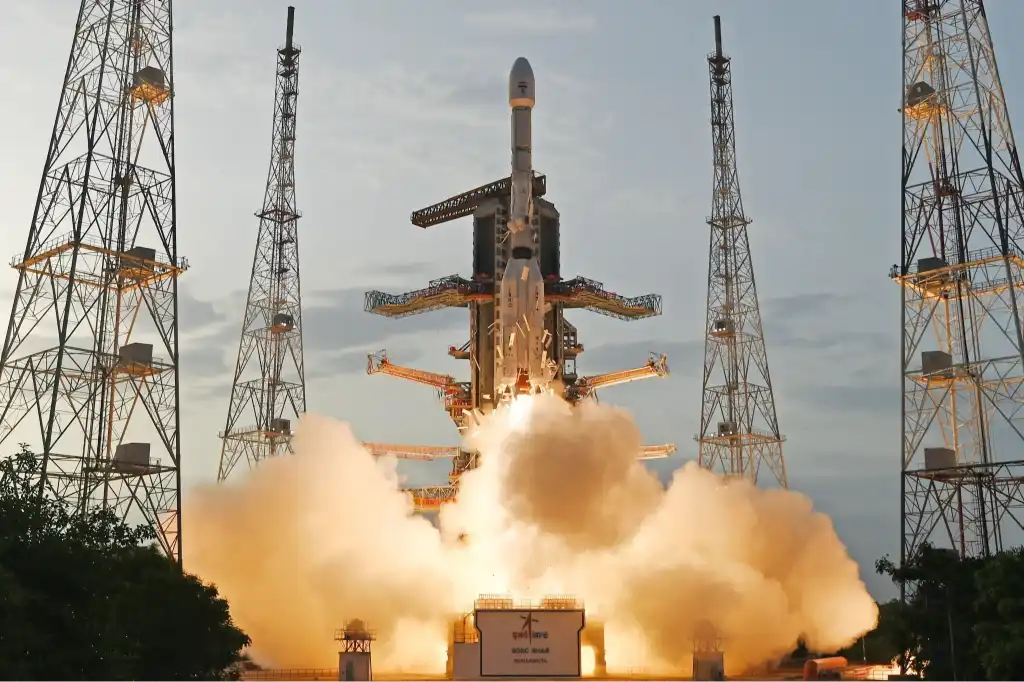The Indian Space Research Organisation (ISRO) on Sunday successfully launched the 4,410 kg CMS-03, also known as Gsat 7R, a communication satellite that will boost telecommunication coverage for the Indian Navy across the strategic Indian Ocean Region.
The satellite was launched aboard the LVM3 M5 rocket from the second launch pad of the Satish Dhawan Space Centre in Sriharikota. This marked the fifth operational flight of the LVM3, ISRO’s most powerful rocket. The mission also featured a new milestone with a successful in-orbit re-ignition of the cryogenic upper stage.

About 16 minutes after lift-off, the rocket placed Gsat 7R into a sub-Geosynchronous Transfer Orbit with a perigee of around 26,700 km. The new satellite is designed to replace Gsat 7, also known as Rukmini, which was launched in 2013 and has been serving the Indian Navy for over a decade. ISRO had earlier launched Gsat 7A to support the Indian Air Force.
According to the Indian Navy, Gsat 7R incorporates advanced indigenous components developed specifically to meet its operational needs. The satellite is equipped with transponders that can handle voice, data, and video communications across multiple frequency bands, including UHF, S-band, C-band, and Ku-band. It will provide secure, high-capacity connectivity linking ships, aircraft, submarines, and maritime operations centers.
UR Rao Satellite Centre director M Sankaran said the satellite features several new technologies, including a 1,200-litre propulsion tank and collapsible antennas, ensuring flexibility and endurance for long-term missions. “All systems are functioning normally, and the satellite is healthy,” he said.
ISRO chairman V Narayanan noted that the LVM3’s payload capacity was increased by 10 percent to accommodate the heavier satellite. “This mission demonstrates our growing capability and commitment to national security. The satellite has a life of 15 years and carries multiple advanced technologies. We achieved this success despite challenging weather conditions,” Narayanan said.
Until now, all satellites weighing more than 4,000 kg were launched aboard foreign rockets. With this mission, ISRO has established the LVM3 as a reliable heavy-lift vehicle, marking a major step in India’s journey toward full self-reliance in satellite launch capability.
